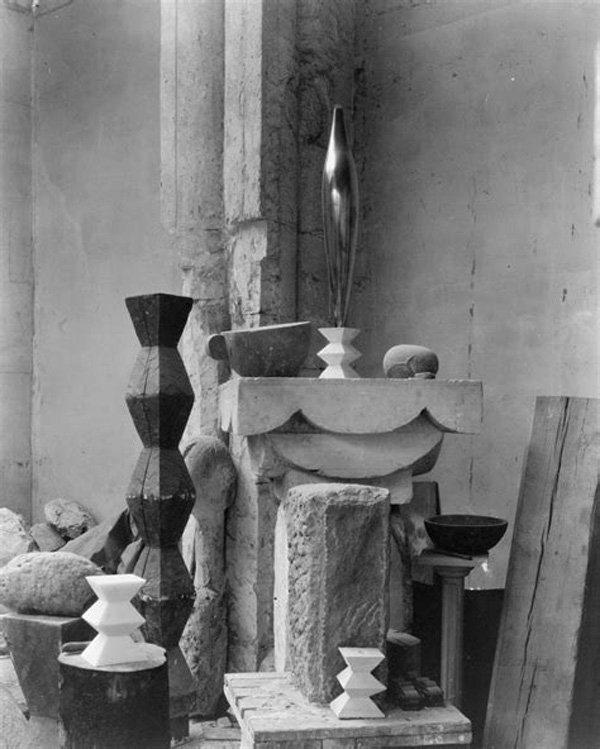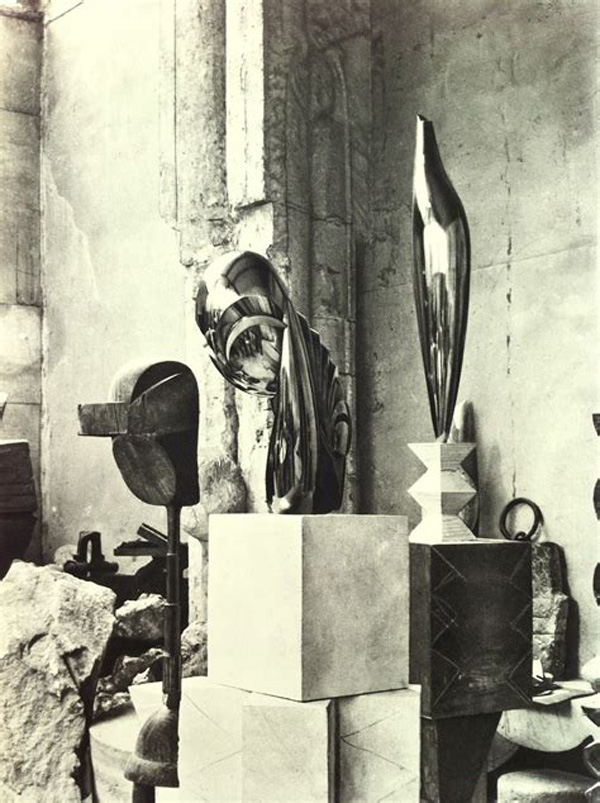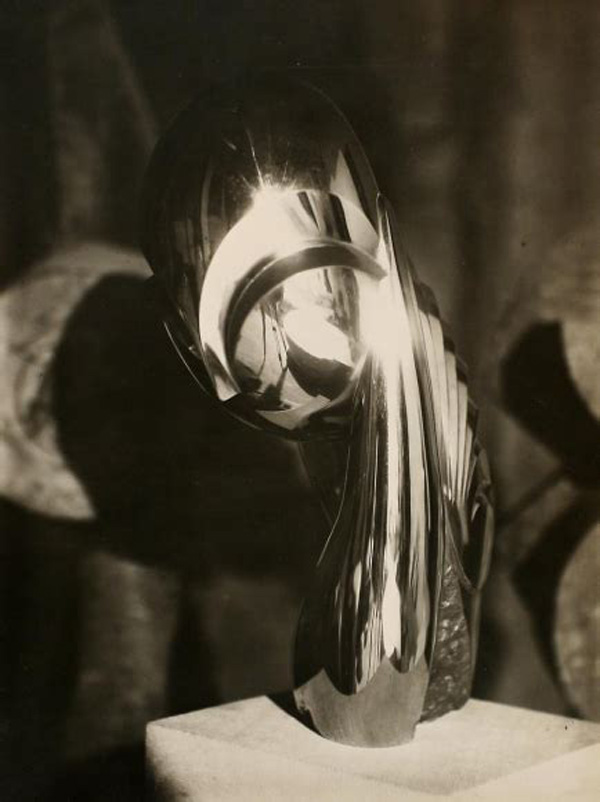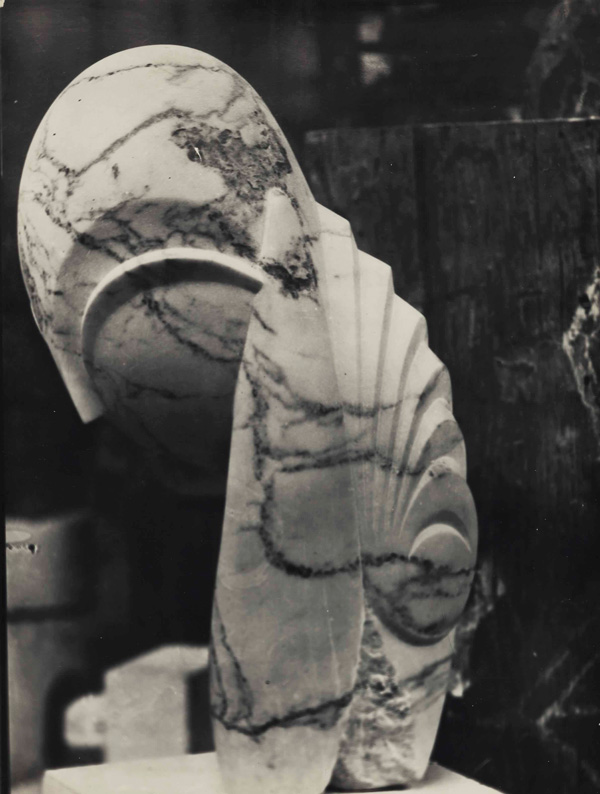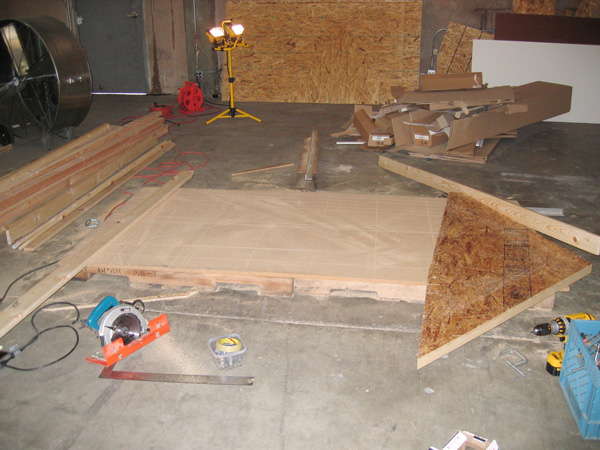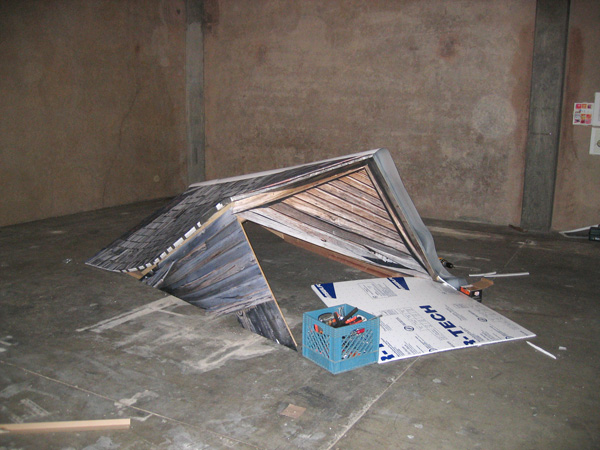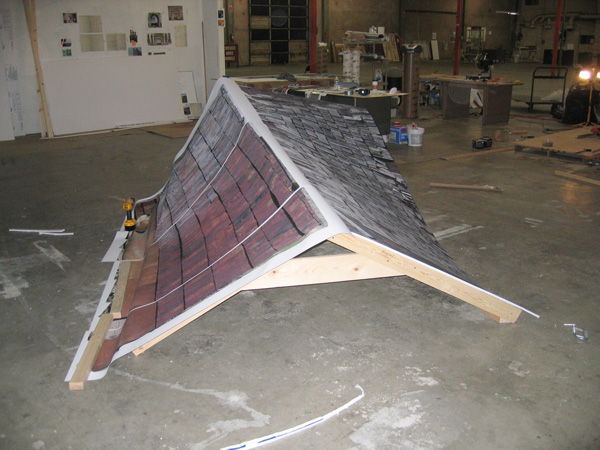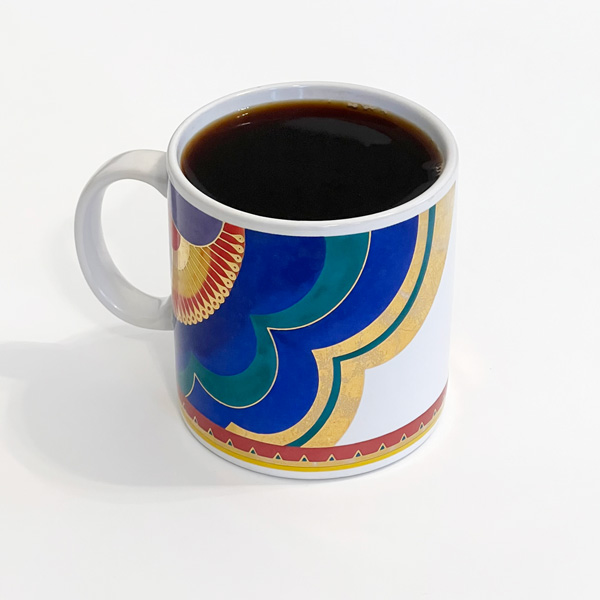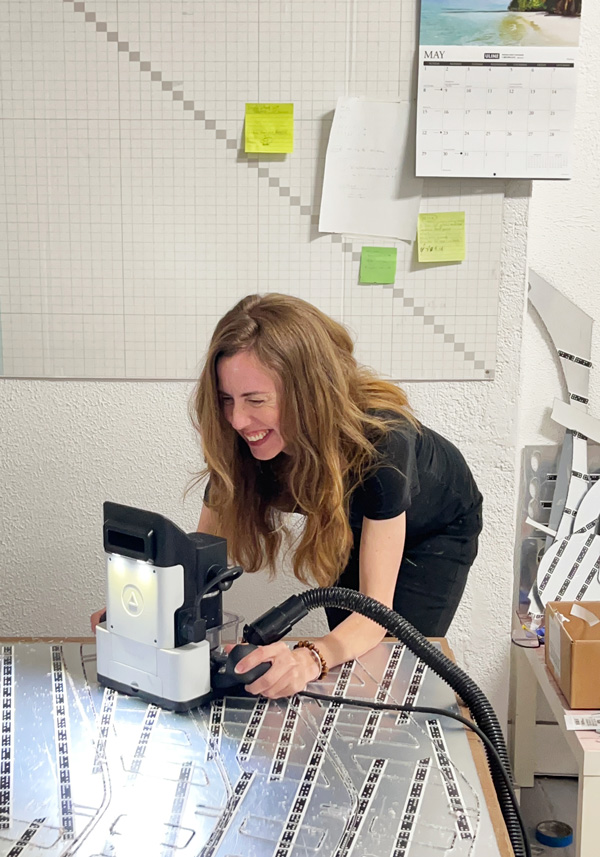In 2007 I lived in a creaky high-ceilinged apartment Aalst, Belgium, a storage closet in South London, and an artist-modified double-wide trailer on a former WWII Air Force base in Nevada (plenty of stories there)—all by June of that year. And I still had an awkward five-month gap to go before I’d be relocating to the Netherlands for a two-year research and production residency at the Jan Van Eyck in Maastricht. By happenstance, I ended up in the parlor of an apartment in Midtown Sacramento, the first and only time I’ve lived in that sleepy, leafy city.
One afternoon early that July, I surfed Craigslist and saw a peculiar listing: Someone announced that they’d just rented a 20,000 sq ft warehouse and wanted to give artists free studio space. To me, this was the stuff of dreams and it sounded way too good to be real, but I figured I’d better investigate. The next day I found myself in a cavernous former auto body shop—totally empty except for a skateboard—meeting this incredibly generous and thoroughly professional fellow with an unconventional vision named Jesse Powell, who would later go on to found Kraken. He gave me a set of keys and I worked there on and off for the next five months. These were the very early days of his new contemporary art endeavor, which would gradually cohere to become Verge, and long before its official artist residency program would kick off. I was pretty much the first serious inquiry to the listing, and almost always alone as I worked in that gigantic raw space next to the train tracks on V Street, like some oddball art ghost. Which suited me, it was too early in my evolution to be any more visible. I made four large prototype sculptures and photographed them there against a wall they kindly let me paint white, along with a handful of smaller works, which enabled me to land a museum commission for one of those big pieces in the NL the following fall, a show in Miami that December, and much more.
My subsequent move to Maastricht was a total life upheaval and I promptly lost track of Jesse, the team, and activities at Verge, but I’ll be forever grateful to Jesse for his astonishing generosity, thoughtful support, and all the good that his work via Verge has made possible for artists. And I’ll always marvel at such unbelievable luck—how is it that the only time I ever lived in Sacramento happened to exactly align with the utterly unusual inception of Sacramento’s first contemporary art residency space, among other questions—though I no longer subscribe to chance, as it has been but one of many marvelous serendipities on my path.
Below are a few never-before-seen-anywhere process snapshots from those days—showing work in progress on my first prototype for the sculpture that would the next year become Settlers House at the Bonnefantenmuseum. A few early Reclamation dimension images are up on the wall, and the ever-present stereo sits atop a concrete column mold. Laser-focused on the tasks at hand, I never thought to step back and photograph the sprawling, dimly lit warehouse itself. At that stage, the main Verge space had zero climate control, and Sacramento gets stupidly hot, so the 4’ diameter fan by the back door kept the heatstroke at bay.
